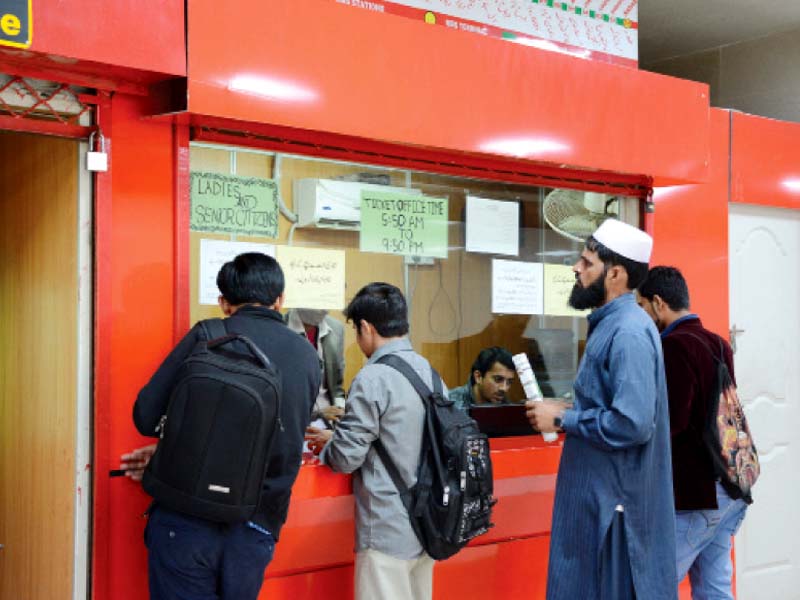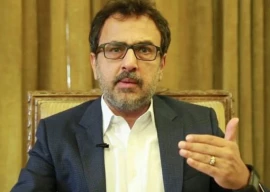
Lower than expected ridership has plagued the Rawalpindi-Islamabad metro bus service since it began operating, with a report for the first four months showing that actual daily usage is almost 26 per cent lower than initial projections.
The June to September 2015 general ride summary report compiled by the Punjab Metro Bus Authority (PMBA) says 100,558 passengers use the service.
While it was being worked on, the National Engineering Services Pakistan (NESPAK) had estimated average ridership of the metro service at 135,000 passengers per day.

The actual passengers count is 34,442 passengers – or 26 per cent – less than the projected figure.
PMBA compiles a daily report of service users based on boarding of passengers from all 24 metro bus stations in the twin cities.
Figures show that within first month of service’s inauguration, roughly 2.94 million commuters used the service between Rawalpindi and Islamabad. In July, 2.9 million passengers used it, 3.36 million in August, and 3.07 million used it in September .1
Within these four months, PMBA generated revenue amounting to Rs 245.4 million from sale of tickets against tentative operational cost of 933.3 million, leaving the Punjab and federal governments to cover the loss of Rs688 million for the period.
On an average day, some 58,559 passengers get on the busses at the 10 stations in Rawalpindi, while some 41,999 use the 14 stations in Islamabad.

Saddar station in Rawalpindi is the busiest station, with 13,275 passengers boarding every day, followed by Faizabad with 9,170 passengers per day, Pak Secretariat with 6,118, and Centaurus with 5,258.
Faiz Ahmad Faiz station in Islamabad is the least used station, with only 1,231 passengers boarding the bus on any given day.
Prime Minister Nawaz Sharif announced this project during the 2013 general elections campaigning. The Rs 44.8 billion project was completed in 13 months, with the Punjab and federal governments splitting the cost.
Under the project, a 23-kilometre long elevated and underground corridor was built between Saddar in Rawalpindi and Pak Secretariat in Islamabad.
A total of 68 buses ply on route, each of which has a capacity of around 150 passengers. Estimates suggest that the Punjab and federal government will collectively bear a Rs 2.8 billion annual subsidy against the project.
PMBA Operations General Manager Muhammad Ozair Shah said ridership surveys were usually compiled using higher estimates, so that mega projects constructed by spending billions of rupees could serve better in the long run.
Shah added that in transportation projects, a margin is deliberately kept. He said the service was performing above expectations and it had thousands of satisfied regular customers who get good facilities and no delays.
He said with the introduction of feeder routes to the main line would also increase ridership.
On October 27, Hanif Abbasi — a former PML-N MNA from Rawalpindi who oversaw construction work and is now chairman of the bus service monitoring committee — claimed that around 120,000 people use the bus every day.
When approached for comment, Abbasi declined to speak to The Express Tribune, saying that the PMBA was the appropriate forum to discuss ridership.
Published in The Express Tribune, November 4th, 2015.

















COMMENTS (1)
Comments are moderated and generally will be posted if they are on-topic and not abusive.
For more information, please see our Comments FAQ